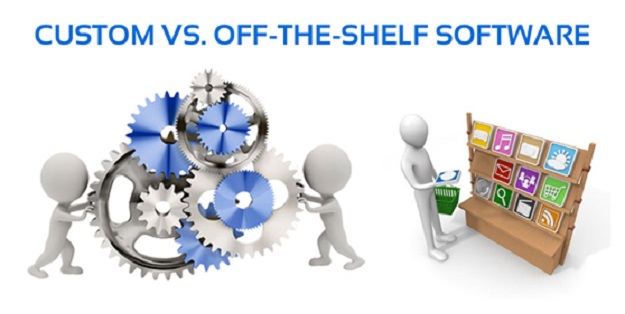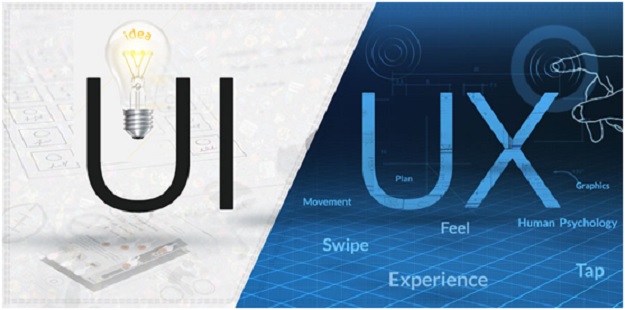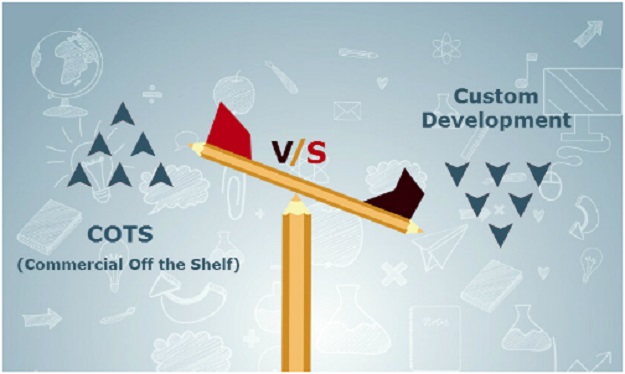The major benefits of creating a Custom CMS is that you get the choice between either designing your own custom user interface and experience (UI/UX) and choosing the best UI/UX for your system from various readymade libraries available off the shelf. So many people who go for the off the shelf CMS have no contribution in how their admin panel works. They just use whatever the platform has already designed and have little ability to change the performance of tools or customize them.
Those developers who have chosen to develop a custom CMS know how important their user interface is and they want to cash in this opportunity to custom design the system. Generally, the cost saving benefits of a CMS platform happen on the back end where the content is created, organized and published. Front-end users can tell what CMS you are using so any benefits on the front-end generally don’t affect the production costs. But a properly designed admin panel can result in huge time savings and will also positively affect the budget. Now, we are also seeing that most of the large organizations are now producing their own CMS systems simply to bring efficiency and benefits in production.
In this article we are going to address two main options which custom CMS clients have i.e. The utilization of an off-the-shelf readymade UI/UX theme and the custom design and editing of an available theme.
Must Read –
How to Become an Awesome UX Designer?
20 Best Tricks to Create Incredible UI Design for Mobile Apps
Off the Shelf Readymade Theme

Generally we don’t recommend usage of third party software however we make an exception for admin panels when the libraries are of high quality and there are huge cost savings for the customer.
There are many admin panel themes available for use by back-end developers. These themes are built using many latest and advanced technologies like AngularJS, React and Bootstrap and enable developers to quickly create administrative portals without getting confused in user interface design. This process is easy one. Developers can choose the theme which we require based on its features and then they and the UI experts can wireframe the panel pages using the widgets and design elements available in the theme. After that the developers can combine the parts and begin integration.
This option works best for clients which are looking for quick development cycle as the back-end part of the project don’t need to undergo a design phase which generally takes lots of time to get completed. Customers who are following agile software development methodology get huge benefit from this as you can have a working admin portal ready within days. However due to its readymade nature the theme cannot be customized or updated in future and can also create some issues if not taken care properly in future.
Custom Designed User Interface/Experience (UI/UX)
There are great benefits of custom design your CMS’s UI/UX and you can build your own system but is also takes lots of time and money in doing this. So many organizations go for custom user interface because there are many issues with the existing content production, management and distribution processes. By enhancing and optimizing their processes it will result in lots of time saving and cost savings. Customers will also get benefit from a smooth production process which can speed up the content development timeframes and can ultimately increase the output. Some companies are required to have their admin panels which match the overall company branding and styles.
The general process of custom designing a user interface is similar to designing a front-end website. Just like any other design project, we progress a custom back-end UI/UX by first doing thorough research, understanding the use cases and user types and then starting with an initial layouts. From this point, the clients can choose the direction which fits best as per their requirements.
Wireframing
If you use a readymade off the shelf theme or even if you choose to design your own theme, in both cases wireframing is important as the next step in this process. When you lay out the position and function of elements as a wireframe then it will be easy to understand how your application will function. As we said, wireframing can be implemented in two ways i.e. If you are using a readymade theme or if you have designed your own.
First step is to sketch out simple wireframes using prototyping tools or fully designing them using graphic design tools. This method is quite fast and easy and further allows you to understand the layout without taking help from developers or technical person. But it also makes it difficult to understand how everything will work together visually. The second option can give solution to this problem i.e by prototyping the elements of the theme using some simple front end development.
Integration
Integration is the final step in the process of developing a user interface for your CMS. Let’s take example of a development approach. The existing admin panels are at a junction in terms of development process. The growth of React and AngularJS technologies are changing how teams integrate web applications to back-end frameworks and databases in system. Earlier most of the web applications worked via coding frameworks which was connected directly to a database for sending and receiving data as and when needed. Now these new libraries are using API connectivity to power their functionality. This means that the back-end development is now very focused on building an API and front-end developers are spending more time in transmitting data to and from the APIs to make these admin panels work fine.
You have to understand the actual and functional differences between the two. If you take the user and business perspective then the new technologies are much more focused on flexible user experiences in the admin panel. The old method required many page load and only limited data to be sent into pages without requiring a new page load. Whereas the new technology allows most data to be sent to and from the central infrastructure with less page loads which allows the user flow to be much smoother just like in mobile apps.
But there is not one perfect way to integrate your admin panel. The new methods take more time to develop than the old method. This is because there are many moving parts which take more time and money. Another reason is that this new technology is still evolving and in future developers will find more ways to work faster. You can choose the one which is right for your application based on your requirements.
Conclusion
The core of custom CMS is the user experience. This is the biggest determining factor in building a custom CMS. It is the single screen that all of the admins will be using. First you have to understand thoroughly the options for this important component of your digital business and then it will enable you to make the right decision when you will be planning your custom CMS project. This article have given you the knowledge about the processes which will give you more clarity of thoughts so that you can decide better which type of CMS is good for you i.e readymade UI/UX CMS or the custom one.


